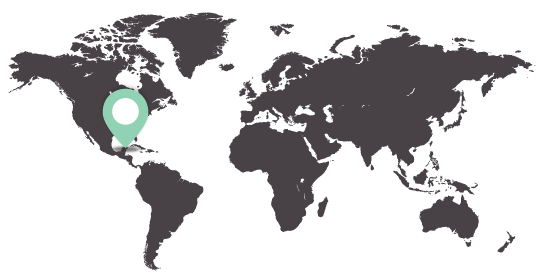Ecab-Bocca Iglesias
Ecab-Bocca Iglesias, Mexico
A project of the Instituto Nacional de Antropologia e Historia (INAH) in collaboration with CHEI.
In 1517, conquistador Francisco Hernández de Córdoba came ashore on the Yucatan Peninsula and gazed upon the first Maya community to be encountered by a Spanish landing party. He called it “Gran Cairo.” This is the ancient site of Ecab, which was later partially razed to build what is thought to be among the earliest churches in Mexico. The site is also known as Boca Iglesias, and is located south of Cabo Catoche in northeastern-most Quintana Roo. Ecab became of one of the most remote encomiendas in colonial Mexico and was the site of a number of interesting historical events in the region, including an attack by the French pirate Pierre Sanfroy in 1571. Abandoned in 1644, the church and the casa cural (curate’s house) lie mostly in ruins today in a remote and empty corner of the Yucatan Peninsula and can only be reached by boat. The structures have managed to survive centuries of hurricanes, but are fast approaching a more precarious state of decay. Centro INAH Quintana Roo, under the direction of Adriana Velázquez Morlet, has partnered with CHEI to conduct advanced diagnostic imaging of these historically significant buildings. The collaborative structural health assessment of the church and the casa cural will inform a conservation strategy for these vestiges of Mexico’s patrimony.
Quintana Roo, Mexico
VISUALIZATION TOOLS
TECHNOLOGIES
- Photogrammetry








